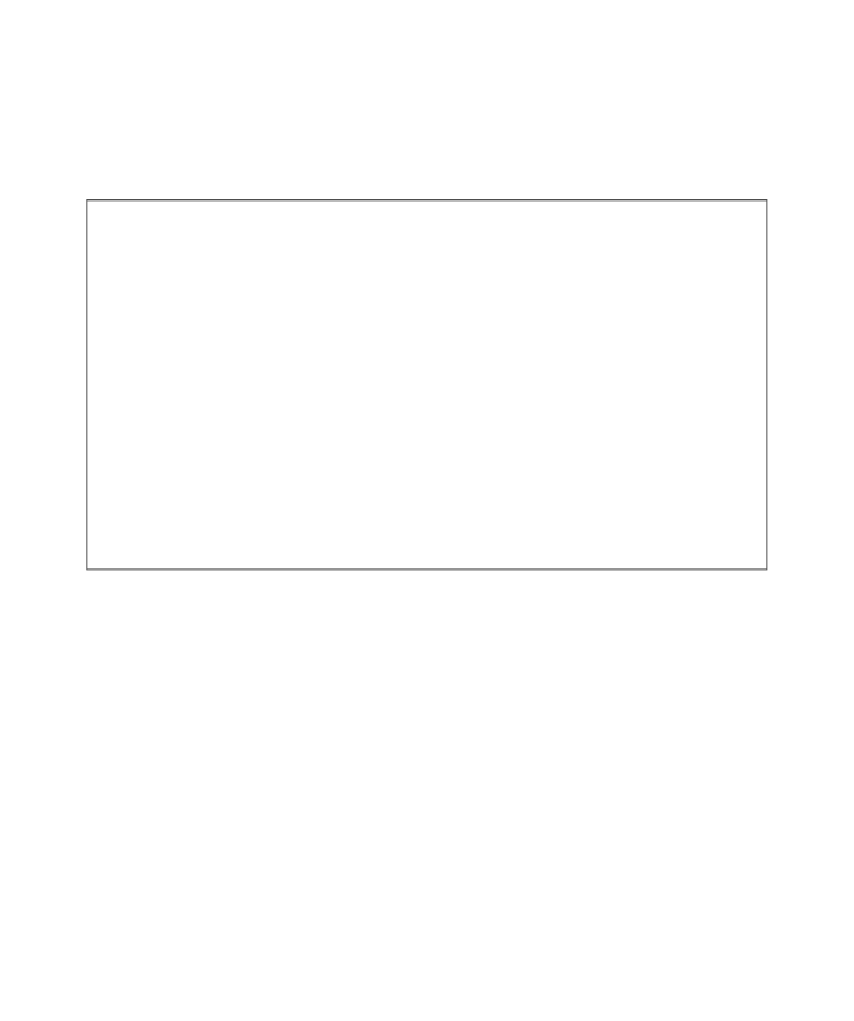Game Development Reference
In-Depth Information
You can eliminate or keep the earlier path that was made for the sole purpose of covering
flow 5 (1, 2, 4, 5, 4, 13). It is no longer essential since is has now also been covered by
the path you needed for flow 12.
The last flow to cover is flow 10. Go to
HaveAmmo
, take flow 10, go back through
HaveGun
,
and go out via flow 2. This gives you your final path of 1, 11, 10, 2, 4, 13. The following
sidebar lists all of the paths that were just constructed for this set.
Expert Paths Emphasizing the HaveGun State
Expert path set:
1, 2, 3, 4, 13
1, 2, 7, 9, 13
1, 2, 4, 6, 4, 13
1, 2, 4, 8, 9, 13
1, 11, 12, 5, 4, 13
1, 11, 10, 2, 4, 13
Originally constructed but later eliminated:
1, 2, 4, 5, 4, 13
Combining Path Strategies
Testing uses time and resources that get more critical as the game project wears on.
Here is one way to utilize multiple strategies that might make the best use of these
resources for different stages of the project:
1. Use expert constructed paths early on when the game may not be code
complete and everything might not be working. Limit yourself to paths that
only include the parts that the developers are most interested in or paths
that target the only parts of the game that are available for testing.
2. Use baseline paths to establish some confidence in the feature(s) being
tested. This can begin once the subject of the TFD is feature complete.
You may even want to begin by seeing if the game can pass the baseline
path before trying to use the other paths in the set. Anything that fails
during this testing can be narrowed down to a few test steps that vary
between the failed path(s) and the successful ones.

